遇见巴塔哥尼亚原始风景
智利、阿根廷

广阔的巴塔哥尼亚地区横跨南美大陆南端的阿根廷和智利。在和平之船的南半球巡航中,我们在大陆南端火地岛上的一座城市乌斯怀亚(Ushuaia)停靠,然后我们在时间流逝形成的壮丽峡湾中巡航。 等待你的是像针一样高耸的山脉,冰川在宁静的空气中咆哮和崩塌,河流中涌出冰川融化的水。这片面积约110万平方公里的辽阔土地是我们尚未看到的地球上美丽的一部分。
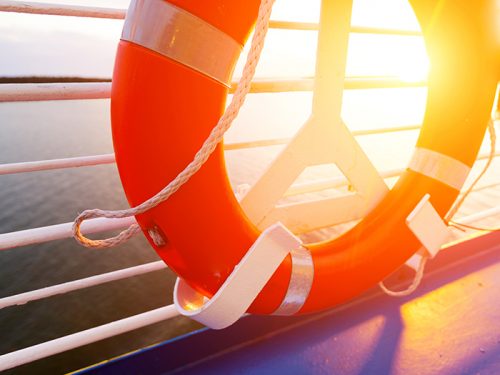
在巴塔哥尼亚峡湾d
在南美大陆南纬40度以南的巴塔哥尼亚地区。这个地名来源于航海者费尔迪南德·麦哲伦在此地旅行时遇到的原住民族。据说1520年麦哲伦来到此地,看到脚很大、披着毛皮的原住民,就称其为“巴塔(pata)脚”、“哥(gon)大”,这就是麦哲伦的语源。 这个区域的魅力,不管怎么说,是冰河刻下的粗暴的峡湾的景观和放出梦幻般光辉的冰河。因为峡湾是复杂海水交融的复杂之处,所以在乘船的时候有专门的峡湾指挥员(向导)一同乘坐,指挥船的航向。
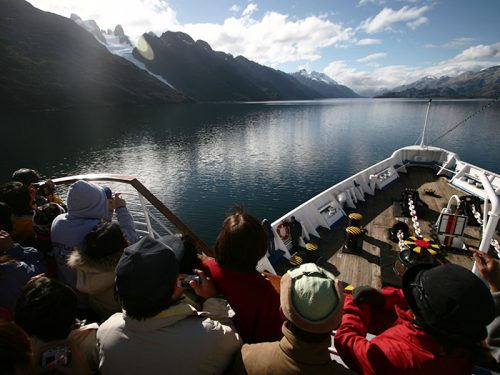
船在狭窄的地方前进穿行,好像把线穿过针孔一样。从甲板上可以看到山顶上抱着雪的美丽群山,错综复杂的海岸线,绿色的大地,流入的冰河——大自然所创造出的色彩对比,美得让人说不出话来。 在进行峡湾游览的过程中,船内到处都有广播,并告知前方有看点,右舷一侧看到了巨大的冰河……”听到这样的广播,很多画廊一齐向那个方向移动。根据船的前进方向一刻一刻地改变画面的巴特哥尼亚的风景,一瞬间也不能放过,目不转睛地看着那个景象。
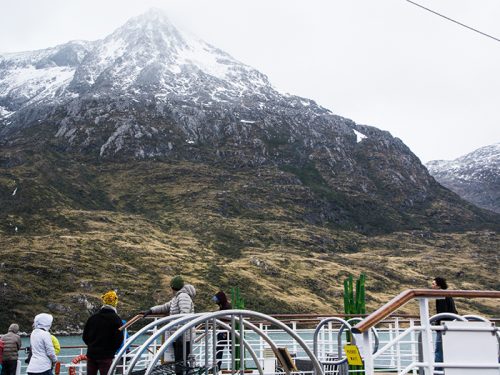
在船的前方,被称为巴特哥尼亚峡湾中最美的绝景“皮奥11世冰河”。沉入大海的最前端宽达4公里以上,距冰河源流的山腰约几十公里,是一条非常大的冰河。 靠近冰河的话,就会发现锯齿状的陡峭的冰连接了好几层。从冰河内侧像宝石一样晶莹剔透的蓝色,正是地球产生的艺术。复杂的海岸线和陡峭的群山,再加上静寂的大海所创造出的峡湾的全景,美到神秘。
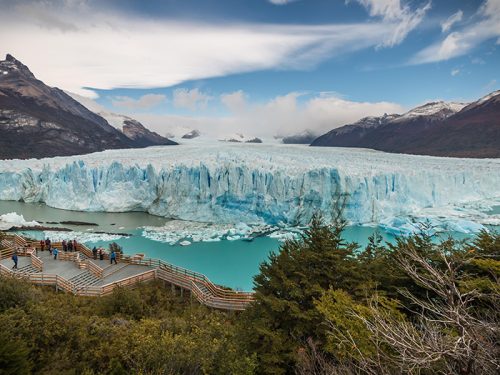
世界遗产的蓝色冰河地带
在横跨阿根廷和智利两个国家的非常广大的巴塔哥尼亚地区,一共有30个国家公园。其中,位于阿根廷南部智利边境的世界遗产冰川国家公园(LOS GLACIARES NATIONAL PARK)是去巴塔哥尼亚的话一定要去的景点之一。在西班牙语中,意为“冰河群”的洛杉矶·格拉西雷斯国立公园如其名,是世界上屈指可数的大规模冰河47、小冰河200以上和300以上的冰河地带。其面积仅次于南极大陆和格陵兰岛,位居世界第三。
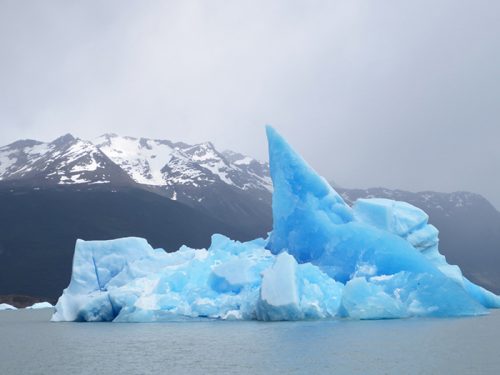
包含太平洋湿气的风撞击安第斯群山,造成大量降雪,堆积的雪经过长时间的压力被压实形成的巴特哥尼亚冰川。冰川国家公园(LOS GLACIARES NATIONAL PARK)一带冬季最低气温比较高,所以冰很容易融化,重复着再冰封,并以很快的速度移动。
另外,这附近的冰河由于堆积的雪经过长时间的压缩,冰中几乎不含空气。没有气泡的透明冰只会反射蓝色的光吸收其他颜色,所以我们的眼睛会呈现出美丽的蓝色。
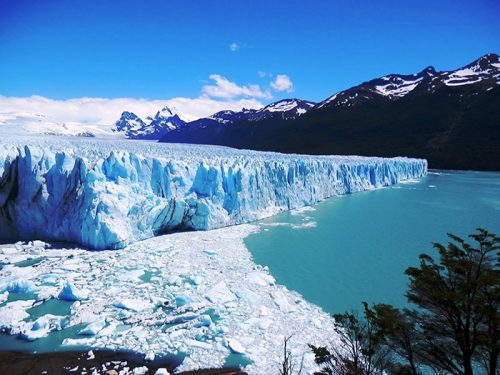
现在也继续成长的“生存的冰河”
在冰川国家公园(LOS GLACIARES NATIONAL PARK)内有数条的冰川中,流入阿尔·亨蒂诺湖的佩利特·莫雷诺冰川,由于其在中央部每天移动约2米左右的活动十分活跃,所以被称为“生长的冰川”,是备受瞩目的景点。受全球变暖的影响,大部分的冰河都持续后退,另一方面,pelit Moreno冰河依然和1万年前以上一样反复成长和崩溃,几乎没有改变大小。
而且这个冰河最大的看点是冰河前端的大崩塌。缓缓挤压的巨大冰壁的一部分伴随着轰鸣声崩塌到湖上的生动景象,震惊所有前来参观的人。
PHOTO:PEACEBOAT, Katsuta Airi, Stacy Hughes, shutterstock.com
